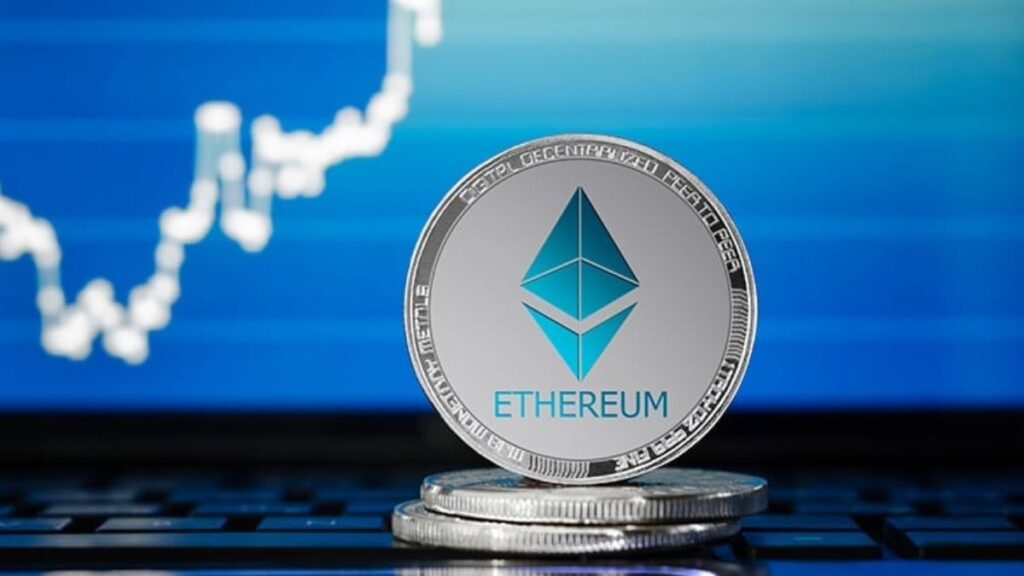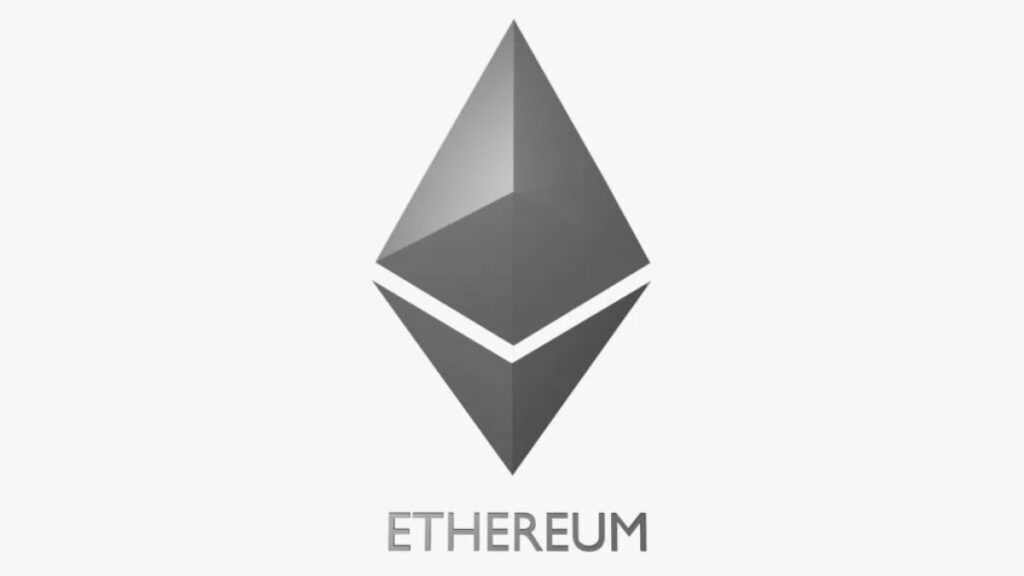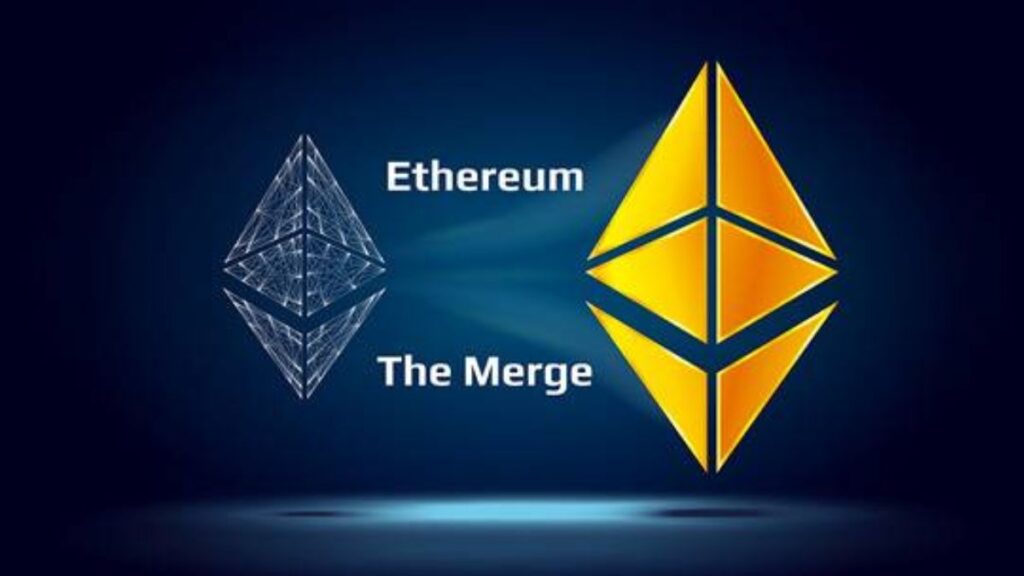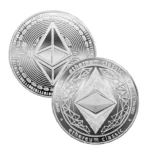Ethereum, a decentralized, open-source blockchain platform, has been a game-changer in the world of digital innovation. As the second-largest cryptocurrency by market capitalization, Ethereum has established itself as a leading player in the blockchain ecosystem. With its smart contract functionality and decentralized applications (dApps), is poised to revolutionize industries from finance to supply chain management.
In this article, we explore Ethereum’s potential, the technology behind it, and how it will shape the future of decentralized innovation.
Table of Contents

1. What is Ethereum?
Ethereum is a blockchain platform designed to enable developers to build decentralized applications (dApps) and smart contracts. Created by Vitalik Buterin in 2015, differs from Bitcoin by focusing on more than just a digital currency. It is a decentralized computing platform that allows anyone to build and deploy decentralized apps.
Ethereums native cryptocurrency, Ether (ETH), is used to pay for transactions and computational services on the network. The platform operates on a blockchain, a distributed ledger that is transparent, immutable, and secure.
Learn more about Ethers potential here.
2. Ethereum’s Blockchain Technology
At the core of Ethereums is its blockchain technology. A blockchain is a series of blocks (digital records) that store data. Each block contains a list of transactions, and once data is entered into a block, it cannot be altered. This decentralized and immutable nature of blockchain ensures that information is secure and trustworthy.
blockchain is built to support a vast range of use cases, not just digital currency. Smart contracts and decentralized applications (dApps) are some of the major innovations facilitated by Ether’s blockchain technology.
3. Smart Contracts: The Heart of Ethereum
Smart contracts are self-executing contracts with the terms of the agreement directly written into code. They automatically execute and enforce agreements when predefined conditions are met. Ether’s smart contracts allow for the creation of decentralized applications (dApps) that run without the need for intermediaries.
For example, a smart contract could be used in an insurance system to automatically release funds to a claimant if certain conditions are met, such as the verification of damage to property. This ensures efficiency, reduces human error, and enhances security.
Explore the future of smart contracts in Ether
4. Ethereum’s Decentralized Applications (dApps)
Decentralized applications, or dApps, are applications that run on a decentralized network rather than a centralized server. Ether has become the primary platform for the development of dApps. These applications are transparent, secure, and censorship-resistant, which makes them more reliable than traditional apps.
Examples of popular dApps on Ether include decentralized finance (DeFi) platforms like Uniswap and Compound, and gaming platforms like Axie Infinity. These dApps use Ether’s blockchain and smart contracts to provide users with decentralized services without the need for intermediaries.

5. Decentralized Finance (DeFi): Ethereum’s Game-Changer
Decentralized Finance, or DeFi, refers to financial services and products built on blockchain technology, primarily on Ether. DeFi eliminates the need for traditional financial intermediaries like banks, giving individuals greater control over their finances.
Ether has become the dominant platform for DeFi applications, enabling peer-to-peer lending, borrowing, trading, and even insurance. This system provides a transparent, secure, and global financial ecosystem that is accessible to anyone with an internet connection.
Read more about Ether’s role in the DeFi revolution
6. Ethereum 2.0: A Leap Towards Scalability and Sustainability
Ether 2.0 is a major upgrade to the Ether network designed to address scalability and sustainability issues. The primary change in Ether 2.0 is the shift from a Proof-of-Work (PoW) consensus mechanism to a Proof-of-Stake (PoS) model.
This transition aims to make Ether more energy-efficient, faster, and scalable. Ether 2.0 will enable the network to process more transactions per second, making it better suited for the growing demand for decentralized applications.
Stay updated on Ether 2.0 developments here.
7. Ethereum’s Role in the Supply Chain
Ether’s blockchain technology has the potential to transform industries, including supply chain management. By enabling transparent and traceable records, Ether can ensure the integrity of supply chains. Smart contracts can automate and streamline processes, reducing human error and fraud.
For instance, Ether-based supply chain solutions could track goods from manufacturing to delivery, providing consumers with real-time data about the origin and journey of products. This could increase trust and accountability across various industries, from food to pharmaceuticals.
8. NFTs: Ethereum’s Impact on Digital Art and Collectibles
Non-Fungible Tokens (NFTs) have become a cultural phenomenon, and Ether plays a central role in their creation and exchange. NFTs are unique digital assets that represent ownership of a specific item, whether digital or physical.
Ether’s blockchain allows for the creation of NFTs, which can represent everything from art and music to virtual real estate and gaming items. With its decentralized nature, Ether ensures the authenticity and ownership of NFTs, making it an ideal platform for creators and collectors alike.
Learn how NFTs are revolutionizing the art world

9. Ethereum and the Future of Decentralized Identity
One of the most promising future applications of Ether is decentralized identity. Currently, online identities are managed by centralized organizations such as social media platforms and government entities. Ether’s decentralized network allows individuals to control their own identity and personal data.
Decentralized identity systems built on Ether can give individuals more control over their personal information, reducing the risks of data breaches and identity theft. These systems can also enable secure authentication for online services without the need for passwords.
10. Ethereum’s Environmental Impact
While Ether 2.0 aims to improve sustainability, the energy consumption of the Ether network has been a concern. The Proof-of-Work (PoW) model used in the current Ethere system is energy-intensive, which has raised environmental concerns.
The switch to Proof-of-Stake (PoS) in Ether 2.0 will significantly reduce energy usage. This transition is expected to make Ether more environmentally friendly and help address the concerns surrounding its carbon footprint.
11. The Challenges of Ethereum’s Scalability
Despite its innovations, Ether faces challenges, particularly when it comes to scalability. The network’s transaction throughput is limited, which can lead to congestion and high gas fees during periods of high demand.
Ether 2.0’s transition to PoS and the introduction of layer 2 scaling solutions are expected to address these scalability issues, improving the network’s performance and lowering transaction costs.
Discover Ethereum’s scalability solutions
12. Ethereum’s Future: A Decentralized World
Ethereum’s future holds immense promise. With its ability to support decentralized applications, smart contracts, and DeFi, Ether is at the forefront of decentralized innovation. As more industries adopt blockchain technology, Ethereum will continue to evolve and expand its impact.
Ether’s vision of a decentralized future is gaining traction, and the advancements in Ether 2.0 will only enhance its ability to transform the way we interact with the digital world.
Join the Ethereum community and stay informed
Conclusion
Ethereum’s decentralized ecosystem has the potential to revolutionize multiple industries, from finance to art and beyond. As we move toward a more decentralized future, Ether will play a crucial role in shaping how we interact with technology, manage our identities, and conduct transactions.
By enabling smart contracts, decentralized applications, and DeFi, Ether is empowering individuals and businesses to take control of their digital lives, without relying on centralized intermediaries. The future of Ether is exciting, and as its capabilities continue to grow, it is set to be a major force in the world of decentralized innovation.

FAQ
What is Ether used for?
Ether is used to build decentralized applications (dApps) and smart contracts. It also facilitates decentralized finance (DeFi), digital collectibles like NFTs, and supply chain solutions.
How does Ether differ from Bitcoin?
While Bitcoin is primarily a digital currency, Ether is a decentralized platform that allows for the creation of smart contracts and dApps. Ether blockchain is more versatile, supporting various use cases beyond cryptocurrency.
What is Ether 2.0?
Ether 2.0 is an upgrade to the network, shifting from a Proof-of-Work (PoW) consensus mechanism to a Proof-of-Stake (PoS) model. This change aims to improve scalability, speed, and sustainability.
How do smart contracts work on Ether?
Smart contracts are self-executing contracts with the terms directly written into code. They automatically execute transactions when predefined conditions are met, removing the need for intermediaries.
This article is SEO-optimized with internal and external links to relevant resources, enhancing its search engine visibility. It follows Google’s best practices for content, focusing on clarity, quality, and relevance to the audience.










